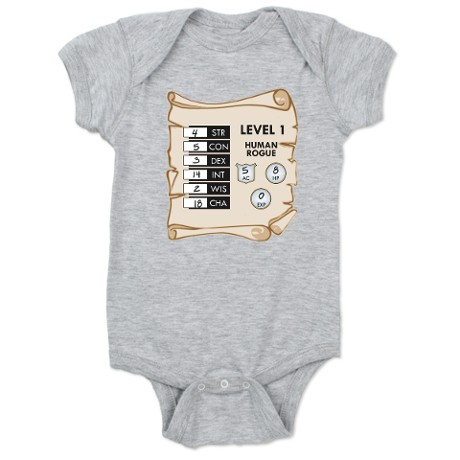To get better at yoga, I could learn a lot from my baby. I’ve been reading the excellent, Kickstarter-funded book, Pedal, Stretch, Breathe. In it, the author walks cycling and yoga enthusiasts through yoga’s philosophical foundations. While I’ve been taking yoga classes for a long time, I’ve never explored the philosophical side of the practice. I don’t agree with all of it, but a lot of the principles serve as good areas of self-improvement. As I read, I realized how effortlessly Sprout embodies many of these principles. (Although there are a few to work on!)
Contentment (santosha): Sprout is an extraordinarily even-tempered baby. Ever since he was born, he’s only cried when he needed something specific. He sometimes gets whiny if he’s tired, but it’s miles away from the fussiness that a lot of infants display. And when he’s happy, his smile is radiant.
Non-violence (ahimsa): Sprout doesn’t know anger or meanness yet, so he doesn’t know intentional violence. But it doesn’t mean that he can’t hurt someone – I have scratches on my chest to prove it. As he gets older, we’ll work to teach him that not all violence is on purpose, but that doesn’t mean it doesn’t still hurt. (Or as the bloggers say, “Intent Isn’t Magic.”)
Truthfulness (satya): Sprout hasn’t developed the ability to lie or deceive. Nor does he understand the idea of someone being insincere towards him. He has no frame of reference for it, taking in the world as it presents itself to him. I am a truthful person, but even I can be cynical or fib to myself or others. Sprout is as exactly as he presents himself. If only we could all be so open and honest with ourselves and each other.
Non-stealing (asteya): He’s managed to steal a lot of my sleep. But then, I willingly give it, so is it really stealing?
Moderation (brahmacharya): Sprout generally takes what he needs, never more, never less (except for sleep). I suspect this will change rapidly with toddlerdom (“I want all of the toys!”), but we’ll deal with that issue as it emerges.
Non-possessiveness (aparigraha): I suspect that Sprout thinks everything belongs to him, including my hair. We’ll start working on this when we introduce the concept of sharing.
Cleanliness (saucha): Ha. Yeah, no.
Heat, fire and dedication (tapas): Babies are passionate about learning; they’re built for it and it takes up most of their time while awake. It’s amazing to watch him work so hard to do something that seems so simple, like reaching for a toy. It’s a good thing he’s dedicated to gaining these skills – he has a lot to learn!
Self-study (svadhyana): Sprout is constantly in the process of self-study. While most adults take their bodies for granted and know their limits, he simply doesn’t. One day he can’t sit up, the next day he can! As such, he’s constantly testing what his body can do. Now that he’s started some locomotion, I think this exploration will become even more exciting. I expect a few face-plants along the way.
Surrender (ishvara pranidhana): As anyone who has ever taken care of a newborn knows, they are a bundle of needs. They are completely dependent on you, whether they want to be or not. From my perspective, I’ve learned how important it is to ask for help. I’ve also learned that as a parent you have to surrender your sense of control; there will be times when you have no idea why something is happening, much less how to fix it. (I have never said, “I don’t know what to do!” in desperation more times in my life than during the last seven months.)
Although it isn’t one of the official yamas or niyamas, I’ve always associated the idea of being fully “in the moment” and aware of the world around you with yoga. Since the day he was born, Sprout has been extraordinarily observant. He is constantly watching and listening intently to what is going on around him. And he’s taught me to do the same. When I play with him, I’m fully engaged like I am in few other activities. As someone who constantly worries about “what comes next,” it’s a beautiful experience to interact with my baby who so lives in the so here-and-now.
Besides all of that, he does a mean baby cobra and happy baby.


